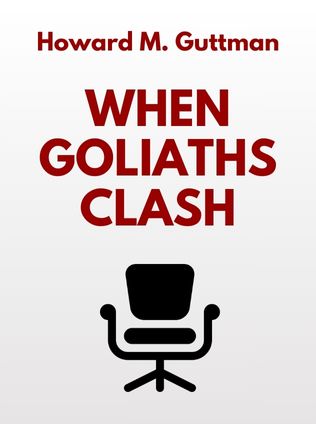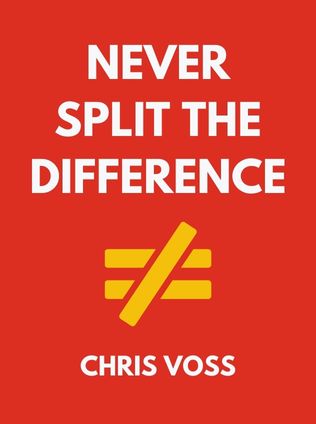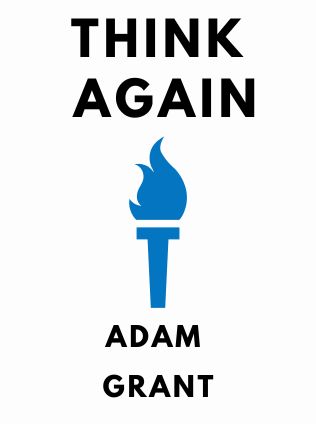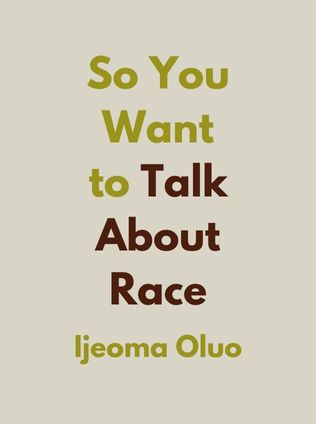
When Goliaths Clash
Managing Executive Conflict to Build a More Dynamic Organization
By Howard M. Guttman
Published 04/2003
About the Author
Howard M. Guttman, the principal of Guttman Development Strategies Inc., is a seasoned management consultant renowned for his expertise in building high-performance teams, aligning strategy and operations, and managing conflict. With an extensive background in organizational development, Guttman has worked internationally with clients, helping them navigate the complexities of executive conflict to foster dynamic and productive organizations. His book, When Goliaths Clash: Managing Executive Conflict To Build a More Dynamic Organization, encapsulates his profound insights and practical strategies for turning conflict into a driving force for success.
Main Idea
In When Goliaths Clash, Guttman asserts that conflict, often viewed negatively, can be harnessed as a powerful asset when managed correctly. Unresolved conflict, especially at the executive level, can lead to dire consequences such as low productivity, increased costs, and high turnover. However, when addressed effectively, conflict can stimulate new ideas, enhance teamwork, and improve overall organizational health. Guttman explores the root causes of conflict, the importance of aligning teams, and the essential skills needed for effective conflict management, emphasizing that the key lies in transforming conflict from a destructive force into a catalyst for growth and innovation.
Table of Contents
- Anatomy of Conflict
- Why Goliaths Clash
- High-Performance Teams and Conflict Management
- The Road to High Performance
- Conflict Management as Art and Skill
- Leadership in Conflict Management
Anatomy of Conflict
Many organizations become paralyzed by unresolved conflict. For these companies, understanding that conflict should be managed, not eliminated, is crucial. Conflict is destructive when it leads to win-lose scenarios, diverts energy, destroys morale, polarizes groups, and produces irresponsible behavior. However, when managed well, conflict can be an asset that stimulates healthy interactions, opens up important discussions, strengthens team spirit, and leads to better solutions.
Observing and accepting differences among employees can improve problem-solving and decision-making. As Guttman notes:
"Discussing employees' disagreements can improve problem-solving and be an asset for decision making." - Howard M. Guttman
Conflict, at its core, arises when the needs and desires of two or more parties are incompatible. This clash, while inevitable in personal and business relationships, can be navigated through effective communication and understanding. Guttman highlights two main sources of conflict:
- Individual Differences: Every individual brings unique wants, needs, values, beliefs, assumptions, and cultural backgrounds to the table.
- Stylistic Clashes: Different communication styles can lead to misunderstandings and conflicts.
To cope with conflict, Guttman outlines four options:
- Play the victim
- Leave
- Change yourself
- Confront
Addressing conflict directly, despite its difficulty, is essential for organizational health. Guttman debunks several myths about conflict, emphasizing that it is not caused by quarrelsome individuals or indicative of teamwork failure. Instead, conflict is a natural part of the human condition that, when managed well, can drive progress and innovation.
Sign up for FREE and get access to 1,400+ books summaries.
You May Also Like
How To Win Friends and Influence People
The All-Time Classic Manual Of People Skills
By Dale CarnegieQuiet: The Power of Introverts
The Power of Introverts in a World That Can't Stop Talking
By Susan CainThe Lean Startup
How Today's Entrepreneurs Use Continuous Innovation to Create Radically Successful Businesses
By Eric RiesWho Moved My Cheese?
An Amazing Way to Deal with Change in Your Work and in Your Life
By Spencer Johnson, M.D.Make Your Bed
Little Things That Can Change Your Life...And Maybe the World
By William H. McRaven



















